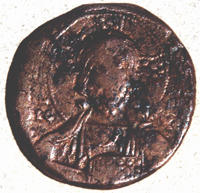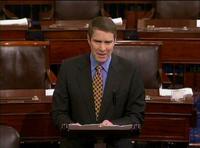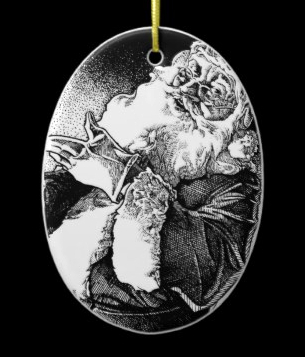more at protein or Chemistry and Biology or Pharmacology and Biotechnology
Researchers Reveal Secret of Key Protein in Brain and Heart Function
PROVIDENCE, R.I. — Brown University biologists have solved the structure of a critical piece of synapse-associated protein 97 (SAP97) found in abundance in the heart and head, where it is believed to play a role in everything from cardiac contractions to memory creation. Results are published in The Journal of Biological Chemistry.
Dale Mierke, associate professor of medical science at Brown, said that knowing how a piece of SAP97 is built is an important step. Now that part of the protein’s structure is solved, scientists can create a molecule to disable it. That, in turn, will allow them to fully understand SAP97’s role in the body. And that will point drug makers to targets for developing new ways to treat cardiac or neurological diseases.
“To arrive at a solution, you need to understand the problem,” Mierke said. “Solving protein structures opens doors for effective treatments.”
SAP97 is found mainly in the central nervous system and is known as a “scaffolding” protein. In this role, it serves as a sort of tether, grabbing proteins inside the cell critical to nerve signaling and keeping them close to N-methyl-D-asparate (NMDA) receptors at the cell surface. NMDA receptors help usher in a neurotransmitter called glutamate that is essential for learning and memory and also plays a role in drug addiction. A similar scaffolding mechanism is at work in the heart, where it affects basic functions, including the heartbeat.
SAP97 is a complex protein made up of five “domains” similar to a train comprised of an engine and four boxcars. In their experiments, Mierke, graduate student Lei Wang and postdoctoral research fellow Andrea Piserchio – all colleagues in the Department of Molecular Pharmacology, Physiology and Biotechnology – focused on the engine. This domain, known as PDZ1, is where the protein links to NMDA receptors. The team used high-resolution nuclear magnetic resonance spectroscopy to solve the structure of PDZ1, as well as a small portion of the receptor to which it binds.
Mierke said the group is now developing a molecule that can inhibit PDZ1 as well as PDZ2, the first boxcar on the multi-domain protein.
The National Institutes of Health funded the work.
###### The News Service 38 Brown Street / Box R Providence RI 02912401 863-2476 Fax 863-9595 Distributed July 29, 2005 Contact Wendy Lawton Source: Srown News Service























